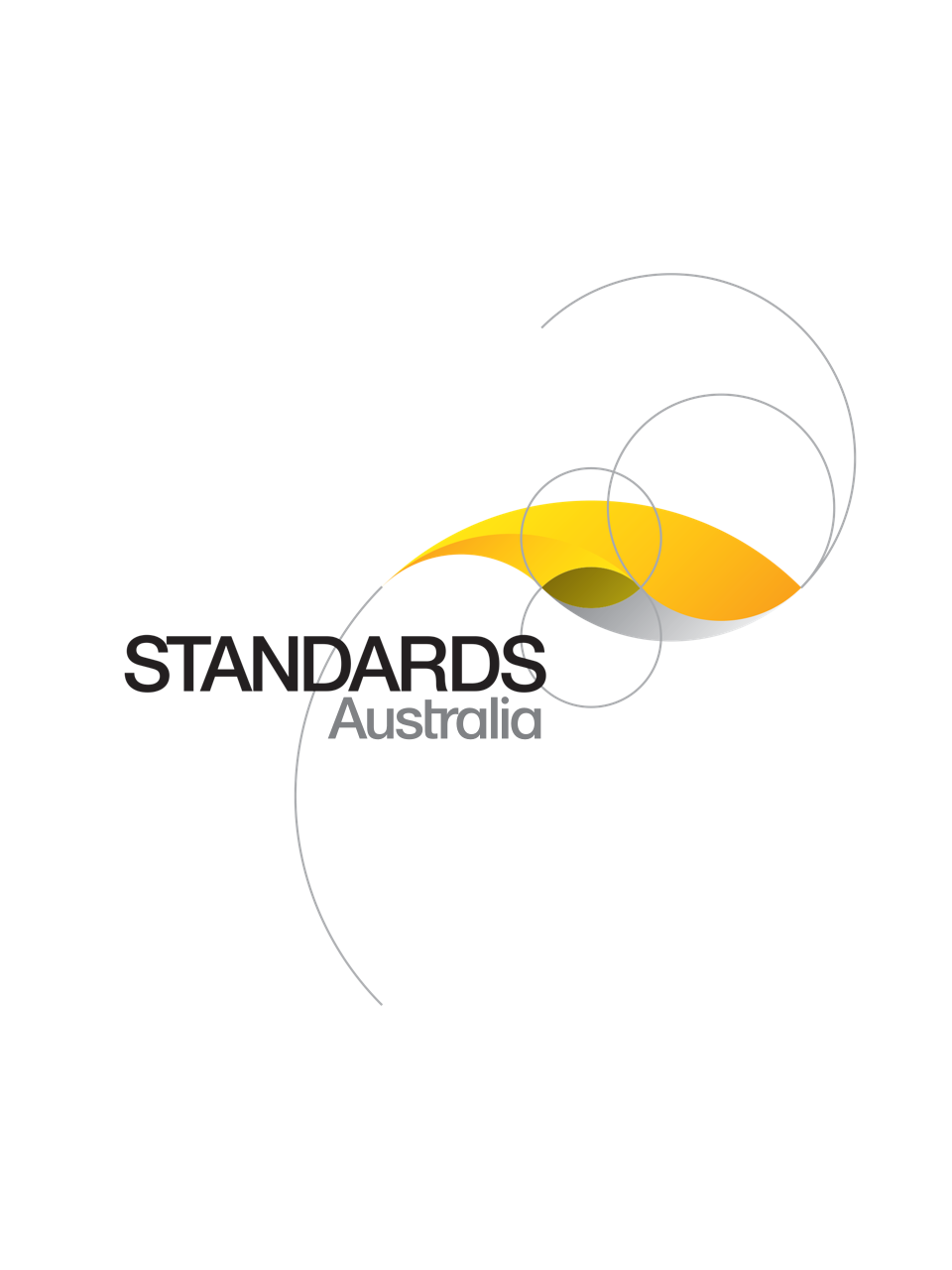Standard
Track updates
AS 2304:2019
[Current]Water storage tanks for fire protection systems
Details the requirements for the design, installation, materials and commissioning of tanks for the storage of water for fire fighting and fire control purposes.
Published: 23/01/2019
Pages: 79
Table of contents
Cited references
Content history
Table of contents
Header
About this publication
Preface
Foreword
1 Scope and general
1.1 Scope
1.2 Objective
1.3 Normative references
1.4 Application
1.5 Definitions
1.6 Notation
1.7 Tank types and descriptions
2 Water sources
2.1 General
2.2 Water sources
3 Materials
3.1 General
3.2 Structural elements
3.2.1 Bolts
3.2.2 Plates and sheets
3.2.3 Structural shapes
3.2.4 Castings
3.3 Pipe and fittings
3.3.1 Pipe
3.3.2 Connections at walls
3.4 Corrosion protection
3.5 Gaskets and sealants
3.5.1 Material
3.5.2 Gaskets—Longevity
3.6 Tank liners
3.6.1 Material
3.6.2 Thickness
3.6.3 Tensile strength for scrim reinforced material
3.6.4 Fixing
3.6.4.1 General
3.6.4.2 Ribbed or corrugated walls
3.6.4.3 Smooth walls
3.6.4.4 Self-drilling screws
3.6.5 On-site fabrication
3.6.6 Liner design life
4 Design actions (loads)
4.1 General
4.2 Permanent action
4.3 Liquid pressure action
4.3.1 General
4.3.2 Liquid pressure action—Cylindrical water storage tanks
4.3.3 Liquid pressure action—Rectangular water storage tanks
4.3.3.1 General
4.3.3.2 Tank stay support and roof supports
4.3.3.3 Tank stay support and roof support bolts
4.3.3.4 Tank panel flanges
4.3.3.5 Tank support beams
4.4 Imposed actions
4.4.1 General
4.4.2 Roofs
4.4.3 Fixed platforms, walkways, stairways and ladders
4.5 Wind action
4.5.1 General
4.5.2 Stability—Cylindrical water storage tanks
4.5.3 Buckling—Cylindrical water storage tanks
4.5.4 Wind actions on roof columns
4.6 Earthquake action
4.6.1 Seismic design considerations
4.6.2 Overturning moment and base shear
4.6.2.1 General
4.6.2.2 Site factor
4.6.3 Hydrodynamic actions
4.7 Snow and ice actions
4.8 Combinations of actions
4.8.1 General
4.8.2 Stability
4.8.3 Strength
5 Tank design
5.1 General
5.2 Minimum steel thickness
5.2.1 Tanks without liners
5.2.2 Tanks with liners
5.3 Bolted steel circular water storage tank design
5.3.1 General
5.3.2 Wind buckling
5.3.2.1 General
5.3.2.2 Uniform isotropic tanks
5.3.2.3 Uniform orthotropic tanks
5.3.2.4 Non-uniform isotropic or orthotropic tanks
5.3.2.5 Limit state buckling pressure
5.3.3 Circumferential stiffeners
5.3.4 Deflection limits
5.3.5 Penetrations
5.3.6 Roofs
5.3.6.1 General
5.3.6.2 Flat roof sheet
5.3.6.3 Profiled roof sheeting
5.3.6.4 Fixings and fasteners
5.3.6.5 Roof columns
5.4 Bolted steel rectangular water storage tank design
5.4.1 Rectangular tank panels subject to liquid pressure actions
5.4.1.1 General
5.4.1.2 Formed or pressed panel flange deflection
5.4.1.3 Cast iron tank panel flange deflection
5.4.1.4 Panel flange strength
5.4.1.5 Panel flange bolts
5.4.1.6 Division walls
5.4.1.7 Penetrations
5.4.2 Stay supports and roof supports
5.4.2.1 Materials
5.4.2.2 Formed or pressed panel tank support members
5.4.2.3 Cast iron panel tank support members
5.4.2.4 Stay support bolts
5.4.2.5 Stay support washer
5.4.2.6 Roofs
6 Tank foundations
6.1 General
6.1.1 Additional foundation components
6.1.2 Geotechnical information
6.1.3 Preparation of tank foundations
6.1.3.1 Site preparation
6.1.3.2 Founding material
6.1.4 Foundations in seismic areas
6.2 Circular tanks
6.2.1 Types of foundations
6.2.1.1 Type 1—Ringbeam
6.2.1.2 Type 2—Full slab
6.2.2 Tank hold down
6.2.2.1 Stability
6.2.2.2 Bolt chairs
6.3 Rectangular tanks
6.3.1 General
6.3.2 Support beams
6.3.3 Anchoring
7 Accessories
7.1 General
7.2 Tank access
7.2.1 Inspection and service
7.2.2 Harness attachment points
7.2.3 Shell access
7.2.4 Roof hatch and platform
7.2.5 External ladder
7.2.6 Internal ladder
7.3 Hydraulic components
7.3.1 Manual quick-fill
7.3.2 Make-up water
7.3.3 Automatic inflow
7.3.4 Suction line
7.3.4.1 Fixed on-site pump suction line
7.3.4.2 Fire brigade suction line and connection
7.3.5 Vortex inhibitor
7.3.6 Overflow and air gap
7.3.7 Pump pressure relief and test lines
7.3.8 Tank drain and sludge valve
7.4 Miscellaneous components
7.4.1 Tank venting
7.4.2 Tank contents indicator
7.4.2.1 General
7.4.2.2 Materials for indicator assembly shown in Figure 7.4.2
7.4.3 Vermin proofing
7.4.4 Tanks signs
7.4.4.1 Purpose
7.4.4.2 Access
7.4.4.3 Warning signs
7.4.4.4 Identification
7.5 Capacities
8 Break tanks
8.1 General
8.2 Construction
8.3 Capacity
8.4 Fill inlets
8.4.1 Positioning
8.4.2 Layout
8.4.3 Fill valves
8.4.4 Testing
8.5 Suction line and vortex inhibitors
8.6 Water level indicator
8.7 Tank baffling
8.8 Tank overflow
9 Shared use, rainwater and heating and cooling tanks
9.1 General
9.2 Shared use
9.3 Rainwater
9.4 Heating and cooling
10 Commissioning and maintenance
10.1 General
10.2 Commissioning
10.3 Maintenance
Appendix A
A1 Draining tanks for maintenance or other purposes
A2 Water supply test tank
A3 Bladder tanks
Appendix B
Appendix C
Appendix D
Appendix E
E1 Example 1—A uniform isotropic tank
E2 Example 2—A non-uniform isotropic tank
E2.1 General
E2.2 Minimum buckling pressure for the top ring
E2.3 Minimum buckling pressure to the middle ring
E2.4 Minimum buckling pressure to the bottom ring
E3 Example 3—A uniform orthotropic tank
E3.1 General
E3.2 Calculating properties of the corrugated sheet
E3.3 Calculating minimum wind buckling pressure
E4 Example 4—A non-uniform orthotropic tank
E4.1 General
E4.2 Calculating properties of the corrugated sheet for top ring
E4.3 Calculating minimum wind buckling pressure for the top ring:
E4.4 Calculating properties of the corrugated sheet to the middle ring
E4.5 Calculating minimum wind buckling pressure to the middle ring
E4.6 Calculating properties of the corrugated sheet to the bottom ring
E4.7 Calculating minimum wind buckling pressure to the bottom ring
E5 Design of circumferential stiffeners
E5.1 General
E5.2 Calculating properties of the corrugated sheet for the first ring below the circumferential stiffener
E5.3 Calculating minimum wind buckling pressure for the first ring below the circumferential stiffener
E5.4 Calculating properties of the corrugated sheet for the two rings below the circumferential stiffener
E5.5 Calculating minimum wind buckling pressure for the two rings below the circumferential stiffener
E5.6 Calculating the size of the stiffener
Appendix F
F1 Purpose
F2 Example of a proposal
F3 Example of a commissioning checklist
F4 Example of a completion certificate
Appendix G
G1 Purpose
G2 Baseline data
Bibliography
Cited references in this standard
[Available Superseded]
High-strength steel bolts with associated nuts and washers for structural engineering
One-time Purchase
Access via web browser on any device
One-time purchase
Single publication
Offline access via PDF^
$266.40 AUD
Inclusive of GSTFormat *
Web Reader
Licenses *
1 License (for yourself - not shareable)
Total$266.40 AUD
IMPORTANT
